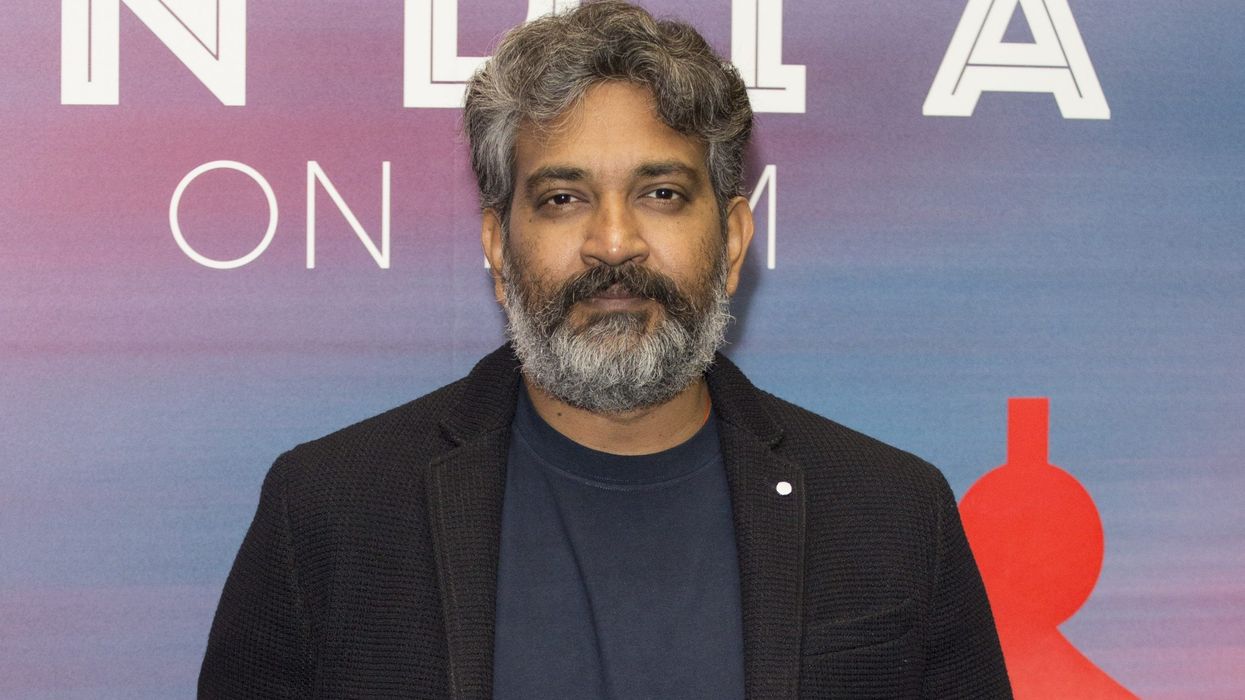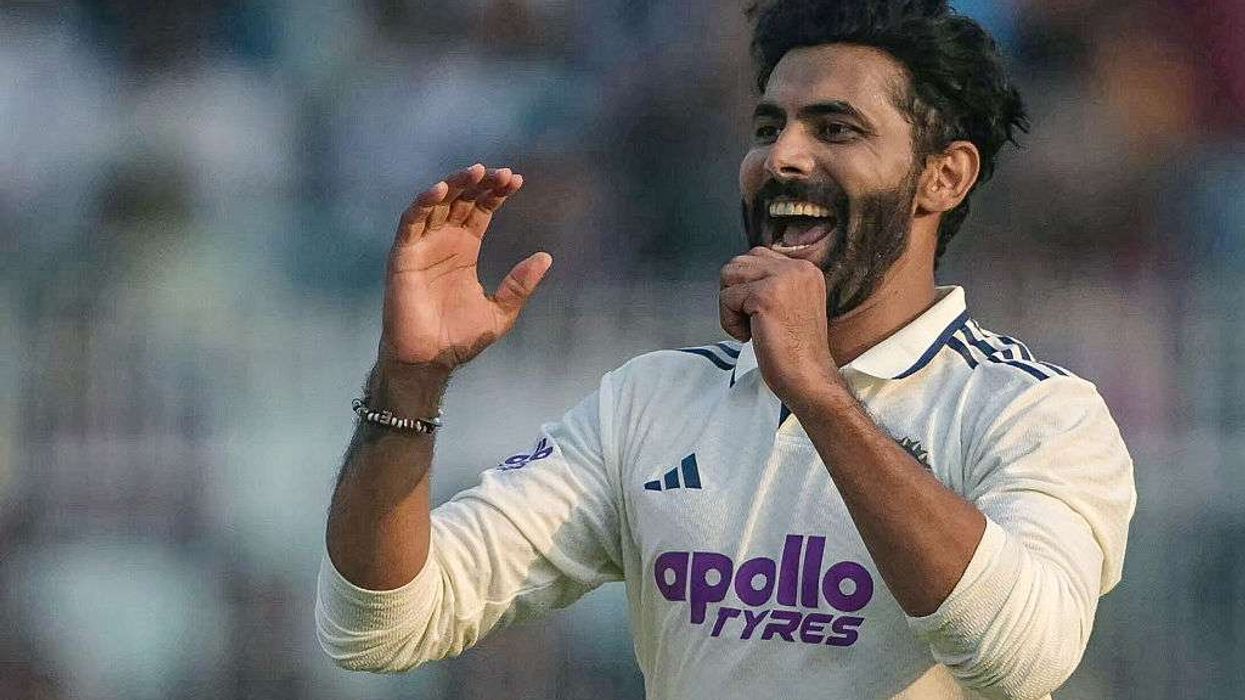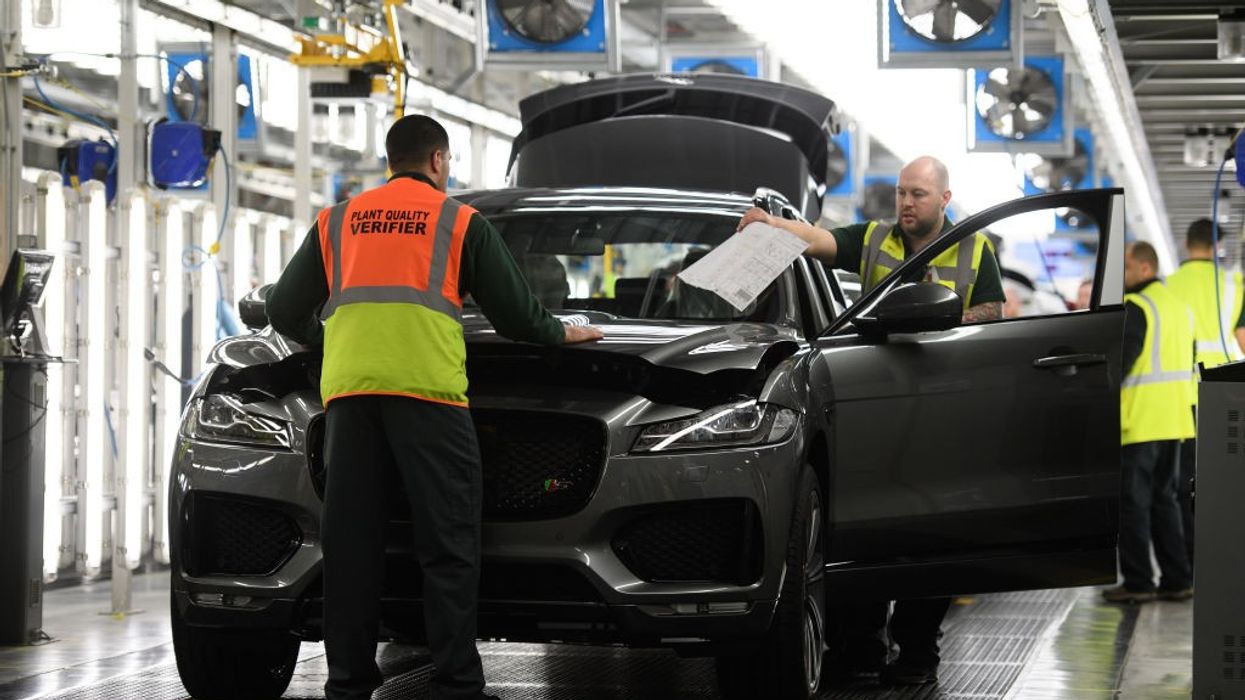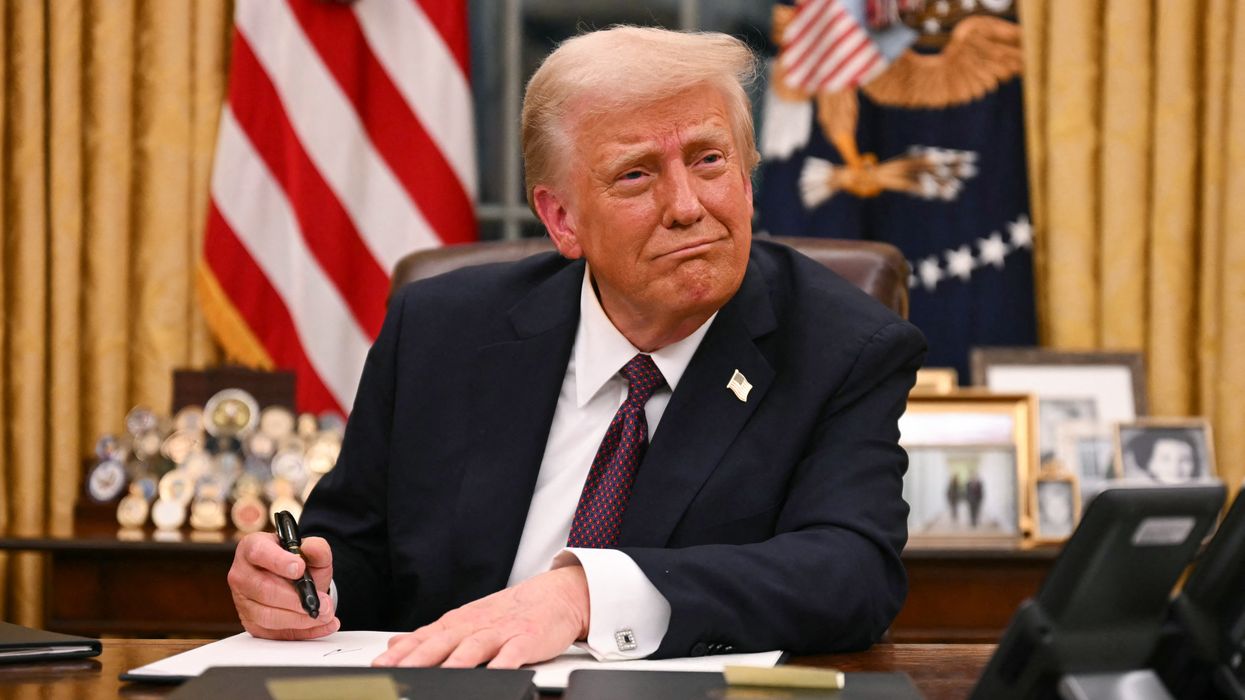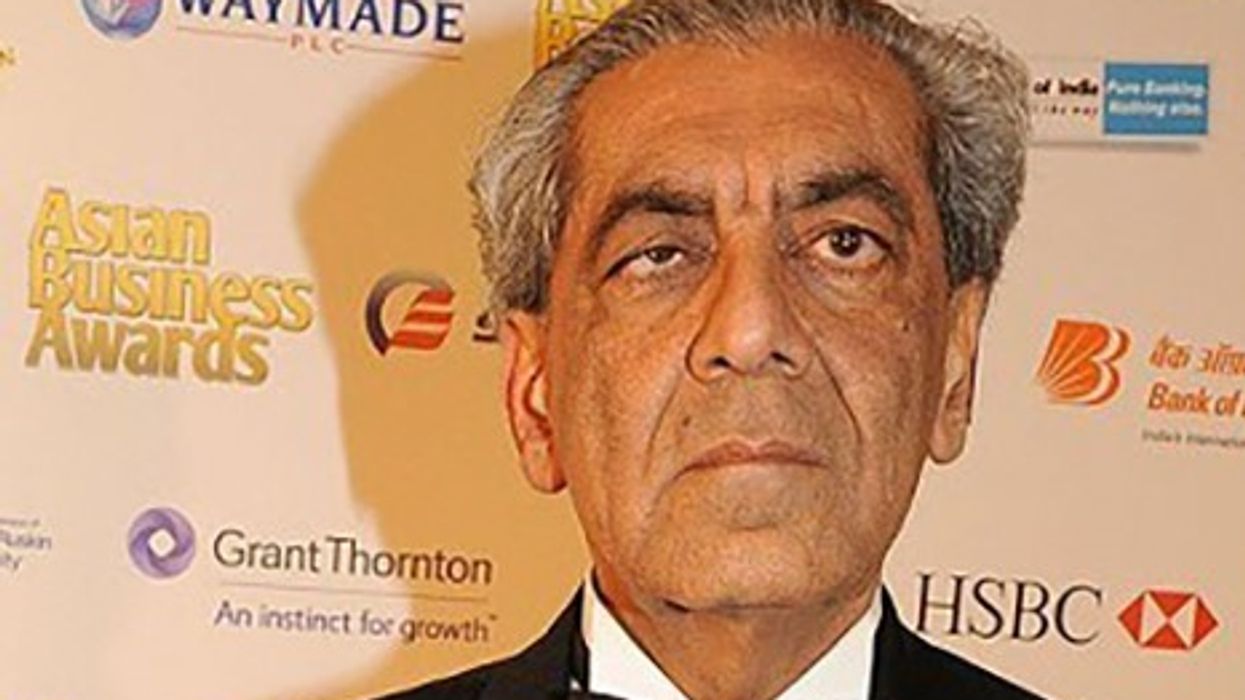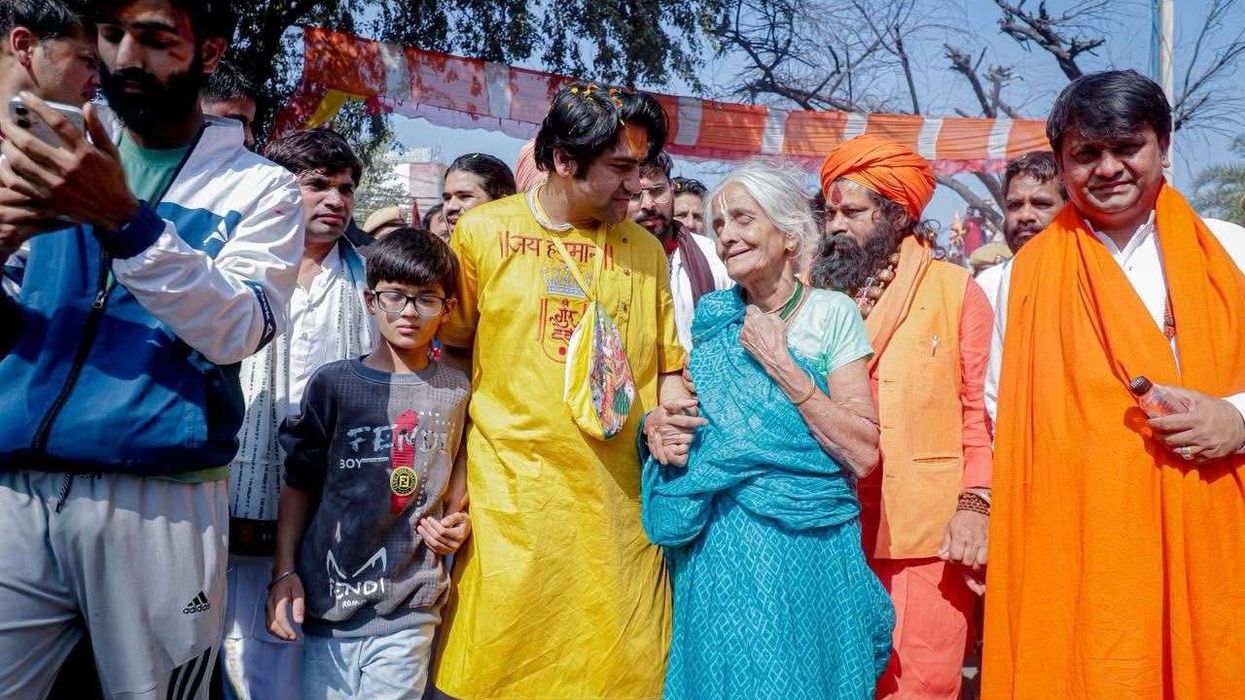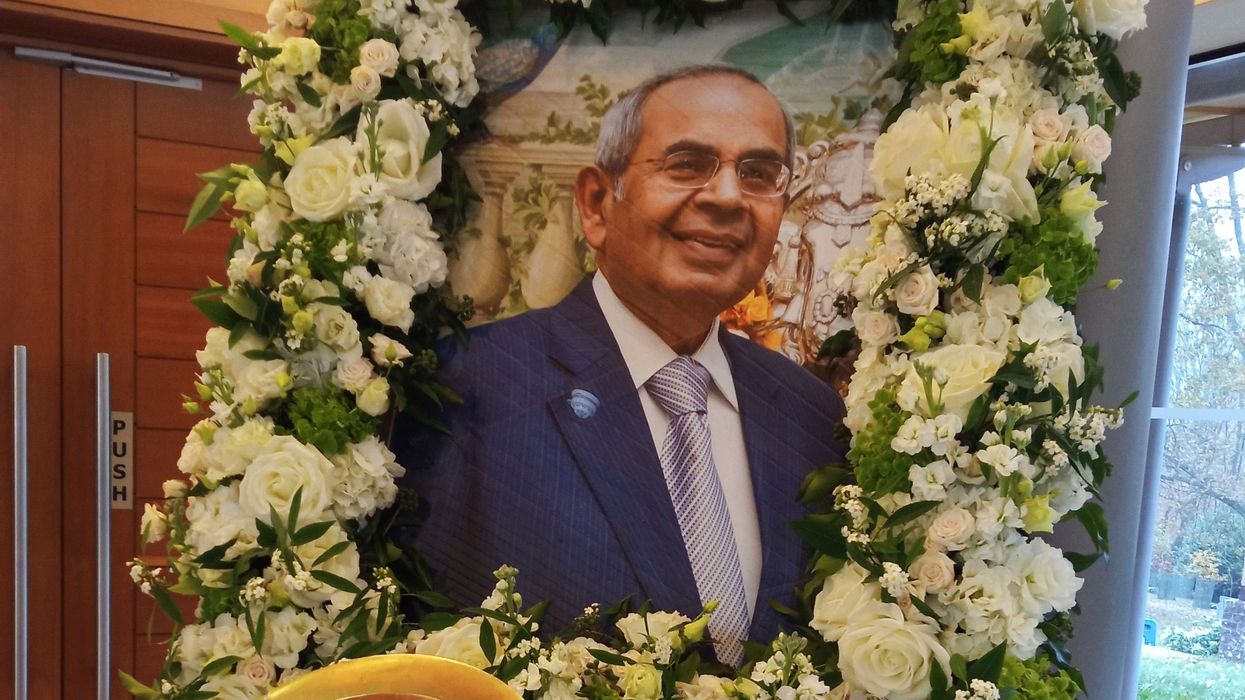Celebrated filmmaker SS Rajamouli has thanked the people of Ukraine for playing an important part in the creation of the iconic song “Naatu Naatu” from his epic action period drama RRR (2022), starring Ram Charan and Jr NTR in lead roles.
Composed by MM Keeravani, "Naatu Naatu" is nominated for the Best Original Song award at the upcoming Oscars. It has already scooped up a Golden Globe win, becoming the first Indian song to do so.
Rajamouli revealed that the team was originally supposed to shoot the song in India but due to the monsoon season, they had to zero in on a new location - the Presidential Palace of Kyiv.
“The first thing that comes to my mind when we talk about ‘Naatu Naatu’ is the location itself. It is shot in Kyiv, actually the Presidential Palace. This was actually supposed to happen in India but because it was monsoon time then, we were scouting for locations and we found this location. I thought I would have to look for some other location as it was the Presidential Palace, but they said ‘It is Ukraine, you can get the job done.’ I'm so thankful to the Ukranian team. The colours of the palace, the size of the palace, the size of the ground for the dancers to be there was the exact right size," the filmmaker said in an interview with Vanity Fair magazine.
RRR follows a pre-Independence fictional story woven around two real-life Indian revolutionaries - Alluri Sitarama Raju (Ram Charan) and Komaram Bheem (Jr NTR) - in the 1920s. The film also features Alia Bhatt, Ajay Devgn, and Shriya Saran in key roles.
At the upcoming Oscars ceremony in Los Angeles on March 12, "Naatu Naatu" singer Rahul Sipligunj and Kaala Bhairava are set to perform the song.
